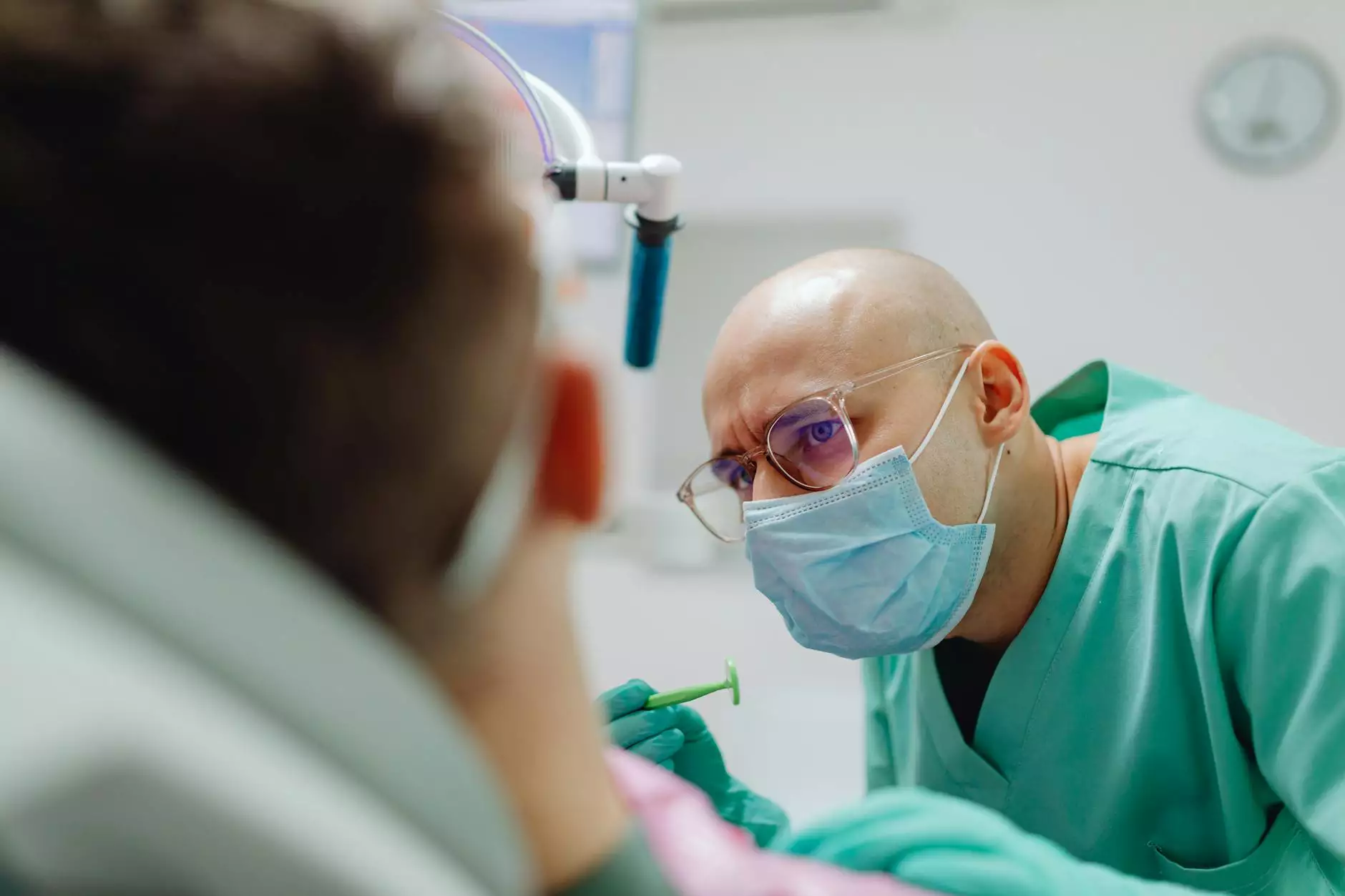Understanding Sinus Lifting: A Comprehensive Guide

Sinus lifting is a vital procedure in the field of dental implants that has gained significant attention for its ability to enhance the success rate of implant surgeries. This article delves deep into the intricacies of sinus lifting, exploring its definition, procedure, benefits, recovery, and post-operative care.
What is Sinus Lifting?
The term sinus lifting refers to a surgical procedure that aims to increase the amount of bone in the upper jaw, specifically in the area of the molars and premolars. The maxillary sinuses are located above the upper teeth, and when teeth are lost or extracted, the bone surrounding these teeth can deteriorate due to lack of stimulation. A sinus lift is performed to create sufficient bone height to allow for the successful placement of dental implants.
Why is Sinus Lifting Necessary?
There are several reasons why a sinus lift may be necessary:
- Bone Loss: After tooth loss, the jawbone can lose density over time, making it challenging to place implants securely.
- Sinus Expansion: The maxillary sinuses may expand as the bone deteriorates, complicating the placement of implants.
- Improper Bone Structure: Some individuals may possess bone structures that are not conducive to implant placement without augmentation.
The Sinus Lifting Procedure
Understanding the sinus lifting procedure is crucial for anyone considering dental implants. The following is a detailed overview of the steps involved:
Initial Consultation and Planning
The journey begins with a thorough examination by a qualified dental professional. This usually involves:
- X-rays: To assess bone density and the position of the sinus cavity.
- CT Scans: Providing a comprehensive view of the sinuses and surrounding bone structure.
- Creating a Treatment Plan: Based on the examination results, the dentist will devise a tailored plan addressing the specific needs of the patient.
Performing the Sinus Lift
The actual sinus lifting procedure is typically performed in a dental office under local anesthesia, sedation, or general anesthesia, depending on the complexity of the case. The steps include:
- Incision: The surgeon will make an incision in the gum tissue to expose the bone.
- Creating a Window: A small window in the bone is created to access the sinus membrane.
- Lifting the Membrane: The membrane is carefully lifted to make space for the graft material.
- Bone Graft Placement: The graft material, which can be sourced from the patient, a donor, or synthetic materials, is placed in the area.
- Closure: The incision is closed with sutures.
Types of Bone Grafts Used in Sinus Lifting
There are various types of graft materials used in sinus lifting, each with its own advantages:
- Autografts: Bone taken from the patient’s body, typically from the hip or chin, offers the highest success rates due to its compatibility.
- Allografts: Donor bone that is processed and sterilized is used to promote bone growth.
- Xenografts: Bone from a different species, usually bovine, that is treated to make it safe for human use.
- Alloplasts: Synthetic materials that are biocompatible, often used when other sources are not ideal.
Recovery After Sinus Lifting
Post-operative care is essential for the success of the sinus lifting procedure. Here’s what patients can typically expect during recovery:
Immediate Post-Operative Care
After the procedure, the patient will need to:
- Rest: Allow time for the body to heal.
- Manage Pain: Follow prescribed medication to manage discomfort.
- Monitor Recovery: Keep an eye out for any unusual symptoms, such as excessive bleeding or infection.
Long-Term Recovery Tips
For optimal healing, consider the following long-term recovery tips:
- Avoid Smoking: Smoking can significantly slow down the healing process.
- Follow Dietary Recommendations: Eat soft foods and avoid anything that could irritate the site.
- Stay Hydrated: Drink plenty of fluids but avoid using straws, as the suction can disrupt healing.
Benefits of Sinus Lifting
Patients can expect several benefits from undergoing a sinus lifting procedure:
Enhanced Implant Success Rates
The primary advantage is the increased success rates of dental implants, as adequate bone volume is critical for stability.
Improved Aesthetic Outcomes
With sufficient bone support, patients can achieve more natural-looking results from their dental implants.
Restored Functionality
Patients can regain the ability to chew and speak properly, significantly improving their quality of life.
Potential Risks and Complications
While sinus lifting is generally safe, it does come with potential risks:
- Infection: As with any surgical procedure, there is a risk of infection.
- Sinus Membrane Perforation: Damage to the sinus membrane may occur, requiring additional treatment.
- Bone Graft Failure: There is a possibility that the graft will not integrate successfully with the surrounding bone.
Conclusion
The sinus lifting procedure is an essential component in the successful placement of dental implants, particularly for those who have experienced bone loss in the upper jaw. With proper planning, effective execution, and attentive post-operative care, patients can enjoy the numerous benefits this procedure offers. If you believe you may need a sinus lift, consult with a qualified dental professional at Chiswick Park Dental to explore your options for restoring your dental health.
Ultimately, understanding the importance of sinus lifting can empower patients to make informed decisions about their dental health, leading to improved outcomes and enhanced quality of life.









